Designing a Calm-Down Corner for Autism
Design a calm-down corner for autism, providing a safe haven to regulate emotions and empower self-advocacy.


Creating a Calm Down Corner
In the realm of autism, creating a designated calm down corner is a valuable tool for individuals to find solace and regulate their emotions. A calm down corner, also known as a "calming corner," is a designated space in a classroom or home where a person can go to reset and find inner peace. It provides a safe haven for individuals with autism, allowing them to decompress, self-regulate, and regain control of their emotions in a supportive environment.
Importance of Calm Down Spaces

For individuals with autism, the sensory considerations when designing a calm down corner are crucial. People on the autism spectrum often have hypersensitivity to their sensory surroundings and find comfort in environments that are calm, clean, non-toxic, and soothing, tailored to their preferences [1].
A well-designed calm down corner can offer a sense of security and empowerment. It provides a dedicated space for individuals to retreat to when they feel overwhelmed, overstimulated, or need a break from social interaction. By having a designated area that caters to their unique sensory needs, individuals with autism can develop self-awareness and learn to self-regulate their emotions effectively.
Designing an Effective Space
When designing a calm down corner, it is essential to consider the individual's sensory preferences and needs. Here are some key elements to consider when creating an effective calm down corner for individuals with autism:
- Comfortable Seating: Provide cozy and comfortable seating options such as cushions, bean bags, or soft chairs. This allows individuals to relax and feel secure while taking time for themselves.
- Sensory Items: Incorporate sensory items that cater to different sensory needs. This could include fidget toys, stress balls, textured objects, or items that provide tactile input. These sensory tools allow individuals to redirect their focus and engage their senses in a calming manner.
- Visual Supports: Visual supports play a significant role in supporting self-regulation in a calm down corner. Include visual schedules, social stories, or visual reminders of calming strategies to prompt individuals on ways they can self-regulate [2]. These visual supports assist in developing self-awareness and providing individuals with a clear understanding of what to expect and how to navigate their emotions.
- Personalization: Allow individuals to personalize their calm down corner with items that bring them comfort and joy. This could include their favorite books, calming music, or pictures of loved ones. Personalization adds a sense of ownership and familiarity to the space.
By creating a calm down corner that addresses sensory needs and provides personalized comfort, individuals with autism can have a safe space to retreat to when overwhelmed. It is essential to regularly assess and adapt the calm down corner to meet the changing needs and preferences of the individual. This space serves as a valuable tool in promoting emotional regulation, self-awareness, and overall well-being for individuals with autism.
Strategies for Calming
When it comes to creating a calm-down corner for individuals with autism, it's essential to incorporate effective strategies for calming. Two key strategies that can be beneficial in promoting relaxation and self-regulation are deep breathing techniques and sensory activities.
Deep Breathing Techniques
Deep breathing exercises can be an effective tool for individuals with autism to regulate their emotions and find peace in overwhelming situations. Teaching deep breathing techniques can help individuals develop self-regulation skills and manage their stress levels.
One approach to incorporating deep breathing into a calm-down corner is through blowing activities. For non-speaking autistic children, working on taking deep breaths through blowing activities can be particularly helpful. A calming sequence, such as "deep breaths, squeeze hands, rub legs," can be integrated to aid in calming down [2].
Encouraging slow and deep breaths can help activate the body's relaxation response and promote a sense of calm. It's important to provide visual cues or prompts to support individuals in understanding and practicing deep breathing techniques. This can include using visual schedules, pictures, or social stories that illustrate the steps involved in deep breathing exercises.
Sensory Activities
Sensory sensitivities are common in individuals with autism and can significantly impact their behavior. Therefore, incorporating sensory activities into a calm-down corner can be beneficial in providing individuals with the sensory input they need to self-regulate.
When designing a calm-down corner, consider sensory considerations such as lighting, noise levels, and the overall environment. Creating a quiet space for breaks or calming activities can help individuals with autism find respite from sensory overload. Additionally, providing visual schedules and cues can enhance predictability and reduce anxiety.
Including sensory tools and activities in the calm-down corner can further support self-regulation. Some examples of sensory tools include fidget toys, stress balls, or textured objects that provide tactile input. Weighted blankets or pillows can also offer deep pressure, which can have a calming effect on individuals with sensory difficulties.
It's important to cater the sensory activities to the individual's preferences and sensitivities. What works for one person may not work for another, so it's crucial to observe and listen to the individual's needs and adjust the sensory activities accordingly.
By incorporating deep breathing techniques and sensory activities into the design of a calm-down corner, individuals with autism can have a dedicated space to practice self-regulation and find comfort during times of stress or sensory overload. These strategies can provide individuals with the tools they need to navigate challenging situations and promote a sense of calm and well-being.
Utilizing Visual Supports
In the context of creating a calm-down corner for individuals with autism, visual supports play a crucial role in promoting self-regulation and providing a structured environment. Visual tools and co-regulation strategies can help individuals with autism effectively manage their emotions and behaviors.
Visual Tools for Self-Regulation
Visual supports are essential for building predictable routines and strategies for calming down. These tools make self-regulation techniques more "automatic" for individuals, aiding in the transition from co-regulation to self-regulation over time [2].
Some common visual tools that can be used in a calm-down corner include:
- Visual schedules: Visual schedules provide a visual representation of daily activities and routines. They help individuals understand what to expect and provide a sense of structure and predictability.
- Visual timers: Visual timers can be used to indicate the duration of calming activities or to establish time limits for staying in the calm-down corner. They provide a visual reference and help individuals manage their time effectively.
- Visual cue cards: Visual cue cards can be used to represent different emotions, allowing individuals to identify and communicate their feelings. They can also include visual reminders of calming techniques or strategies.
- Social stories: Social stories are personalized narratives that describe social situations and appropriate responses. They can be used to teach individuals about specific calming strategies and provide guidance on how to cope with challenging situations [3].
By incorporating visual tools into the calm-down corner, individuals with autism can better understand and follow the steps involved in self-regulation. These visual supports provide a visual structure that helps individuals feel more secure and in control.
Co-Regulation Strategies
Co-regulation strategies are another important aspect of creating a calm-down corner. Co-regulation involves the support and guidance provided by a caregiver or therapist to help individuals regulate their emotions and behaviors. Over time, with the use of visual tools and consistent practice, individuals can gradually transition from co-regulation to self-regulation.
Co-regulation strategies in a calm-down corner can include:
- Breathing exercises: Practicing deep breathing techniques together with a caregiver or therapist can help individuals with autism regulate their breathing and calm their nervous system. This can involve counting breaths, blowing bubbles, or using visual cues to guide the breathing process.
- Sensory activities: Engaging in sensory activities, such as using sensory bins, stress balls, or fidget toys, can provide individuals with autism with a regulated sensory experience. These activities can help redirect their focus and provide a calming effect.
- Guided relaxation: Guided relaxation techniques, such as progressive muscle relaxation or guided imagery, can be used to guide individuals through a series of calming exercises. This can help them relax their muscles and reduce feelings of stress or anxiety.
Co-regulation strategies in the calm-down corner provide individuals with autism with the necessary support and guidance to regulate their emotions and behaviors. As they become more familiar with these strategies, they can gradually develop the skills to self-regulate and manage their own emotional well-being.
By incorporating visual tools and co-regulation strategies into the design of a calm-down corner, individuals with autism can benefit from a structured and supportive environment that promotes self-regulation and emotional well-being.
Implementing Calm Down Kits

In order to create an effective calm-down corner for individuals with autism, implementing a calm-down kit can be a valuable tool. A calm-down kit typically includes a variety of items and strategies to support self-regulation and provide comfort during times of distress. Let's explore the contents of a calm-down kit and the importance of teaching self-regulation.
Contents of a Calm Down Kit
A well-prepared calm-down kit can provide individuals with autism the tools they need to self-regulate and manage their emotions. While the contents of a calm-down kit may vary depending on the individual's needs and preferences, here are some common items that can be included:
- Visual tools: Visual supports, such as visual schedules, emotion charts, and calming sequence cards, can help individuals understand and express their emotions [2]. These visual tools provide a clear framework for self-regulation and aid in transitioning from co-regulation to self-regulation.
- Sensory items: Sensory tools, such as stress balls, fidget toys, or textured objects, can provide sensory input and promote relaxation. These items can help individuals redirect their focus and reduce anxiety or stress.
- Comfort objects: Including personal comfort objects, such as a favorite blanket or stuffed animal, can provide a sense of security and familiarity. These objects can help individuals feel more at ease during challenging moments.
- Breathing exercises: Including tools or visual guides for deep breathing exercises can be beneficial for calming the mind and body. Techniques like counting breaths or blowing bubbles can help individuals regulate their breathing and promote relaxation.
- Coping strategies: Including simple coping strategies, such as drawing, journaling, or listening to calming music, can provide individuals with alternative ways to express their emotions and find solace during difficult times.
Remember, the contents of the calm-down kit should be tailored to the individual's specific needs and preferences. Regularly reassess and modify the kit as needed to ensure its effectiveness.
Teaching Self-Regulation
A calm-down kit is not only a collection of items but also a tool for teaching self-regulation skills. It is important to actively teach individuals with autism how to use the items in the kit and develop their self-regulation abilities. Here are some strategies to consider when teaching self-regulation:
- Modeling and demonstration: Show individuals how to use the items in the calm-down kit to regulate their emotions. Model deep breathing techniques, demonstrate how to use visual tools, and guide them through coping strategies.
- Practice and repetition: Encourage individuals to practice using the calm-down kit regularly, even during calm and regulated times. This helps build familiarity with the tools and routines, making self-regulation more automatic over time.
- Individualized approach: Adapt the teaching strategies to meet the individual's unique needs and learning style. Some individuals may benefit from visual supports and step-by-step instructions, while others may respond better to verbal prompts or social stories [3].
- Reinforcement: Provide positive reinforcement when individuals successfully use the calm-down kit to self-regulate. This can be in the form of verbal praise, tokens, or preferred activities. Using reinforcement techniques can help reinforce the use of the calm-down kit and encourage continued self-regulation [4].
By implementing a well-equipped calm-down kit and teaching self-regulation techniques, individuals with autism can develop valuable skills for managing their emotions and finding a sense of calm. A calm-down kit serves as a powerful resource within a calm-down corner, providing individuals with the tools they need to navigate challenging situations and create a safe haven for themselves.
Sensory Tools in the Classroom
Creating a supportive learning environment is crucial for students with autism, especially when it comes to addressing their sensory needs. Sensory tools play a vital role in enhancing learning environments and supporting students with autism. By providing the right tools, educators can help students regulate their sensory input and optimize their learning experience.
Enhancing Learning Environments
Incorporating sensory tools into the classroom can cater to the diverse sensory needs of students, including those with autism. These tools create an environment that promotes focus, attention, and emotional regulation. Here are some examples of sensory tools that can be used:

By incorporating these tools, educators can create a more conducive learning environment that supports students with sensory needs, including those on the autism spectrum. These tools help students stay focused, regulate sensory input, and manage emotional overload effectively.
Supporting Students with Autism
Sensory tools are particularly beneficial for students with autism as they can help mitigate sensory challenges that may hinder learning. Noise-canceling headsets, for example, have been found to be highly effective in helping students with focus and attention issues during independent work time. These tools create a quieter environment, reducing auditory distractions that can be overwhelming for students with sensory sensitivities.
Providing opportunities for movement, brain breaks, and varied seating options can also benefit children with sensory needs, including those with autism. Designing lessons to incorporate movement and teaching children to recognize when they need a break can enhance their learning experience and overall well-being.
In addition to enhancing the physical environment, it is essential to teach self-advocacy skills to students with autism. By empowering them to recognize their specific sensory needs and communicate their preferences, educators can help students navigate their learning environment and access the tools necessary for their success. This approach promotes independence and self-regulation, enabling students to actively participate in their education.
In conclusion, incorporating sensory tools into the classroom is vital for supporting students with autism. By providing tools such as noise-canceling headphones, fidget tools, and sensory-friendly seating options, educators can help students regulate their sensory input and create an optimal learning environment. Understanding and addressing the sensory needs of students with autism is essential for fostering their academic and personal growth.
Empowering Through Self-Advocacy
In order to create an inclusive and effective calm-down corner for individuals with autism, it's important to focus on empowering them through self-advocacy. By recognizing their sensory needs and teaching them how to communicate their preferences, individuals with autism can actively participate in creating a calming and supportive environment for themselves.
Recognizing Sensory Needs
Teaching self-advocacy skills to individuals with autism involves helping them recognize their own sensory needs. Sensory sensitivities are common in individuals with autism and can significantly impact their behavior. By understanding the specific sensory challenges they face, individuals can better navigate their environment and seek appropriate support when needed.
When designing a calm-down corner, it's essential to consider the sensory preferences of individuals with autism. Creating a calm, clean, non-toxic, and soothing environment that caters to their sensory needs can greatly enhance their ability to self-regulate and find comfort in the space [1].
Communicating Preferences
Effective communication is key to self-advocacy. Teaching individuals with autism how to effectively communicate their preferences helps them assert their needs and seek the support they require. This can be done through various means, such as using visual supports, assistive technology, or verbal communication, depending on the individual's abilities and preferences.
Visual tools, such as visual schedules and cues, can be particularly helpful in facilitating communication and self-advocacy. These tools provide individuals with a visual representation of their routine and activities, allowing them to anticipate and understand what comes next. Visual supports also assist in conveying their preferences and emotions, making it easier for others to understand and support them [1].
By empowering individuals with autism to recognize their sensory needs and communicate their preferences, they can actively participate in creating a calm-down corner that suits their unique requirements. This self-advocacy approach fosters a sense of autonomy, self-awareness, and empowerment, enabling them to effectively navigate their learning environment and access the tools necessary for their success [5].
References
- https://www.nimh.nih.gov/health/topics/autism-spectrum-disorders-asd
- https://www.ambitionsaba.com/resources/creating-a-calm-down-corner-for-children-with-autism
- https://www.webmd.com/brain/autism/what-is-hyposensitivity
- https://www.autism.org.uk/advice-and-guidance/topics/sensory-differences/sensory-differences
Find More Articles
Contact us
North Carolina, Tennessee, Nevada, New Jersey, Utah, Virginia
New Hampshire, Maine
Massachusetts, Indiana, Arizona, Georgia
.avif)




















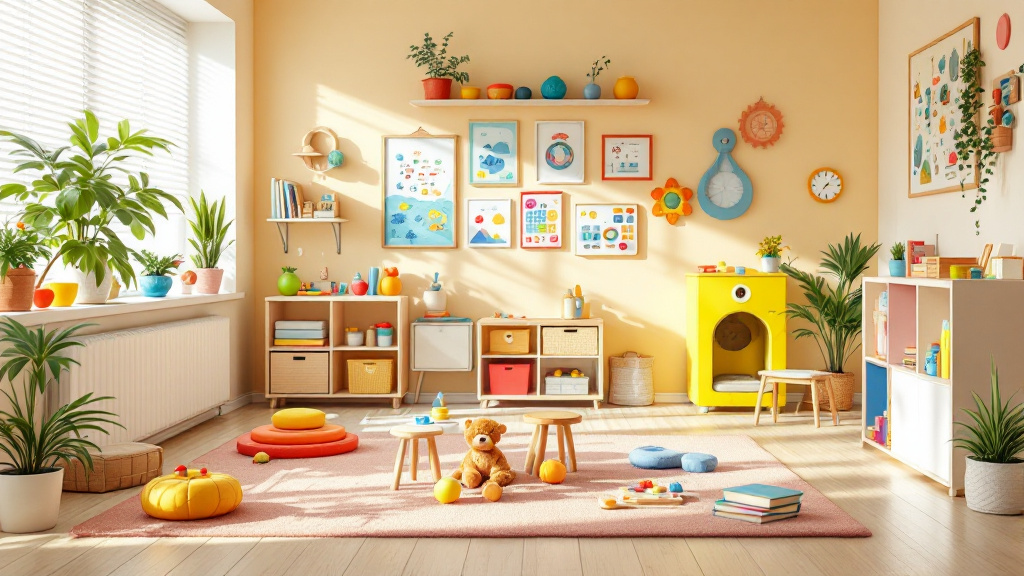
































%2520(1).jpeg)










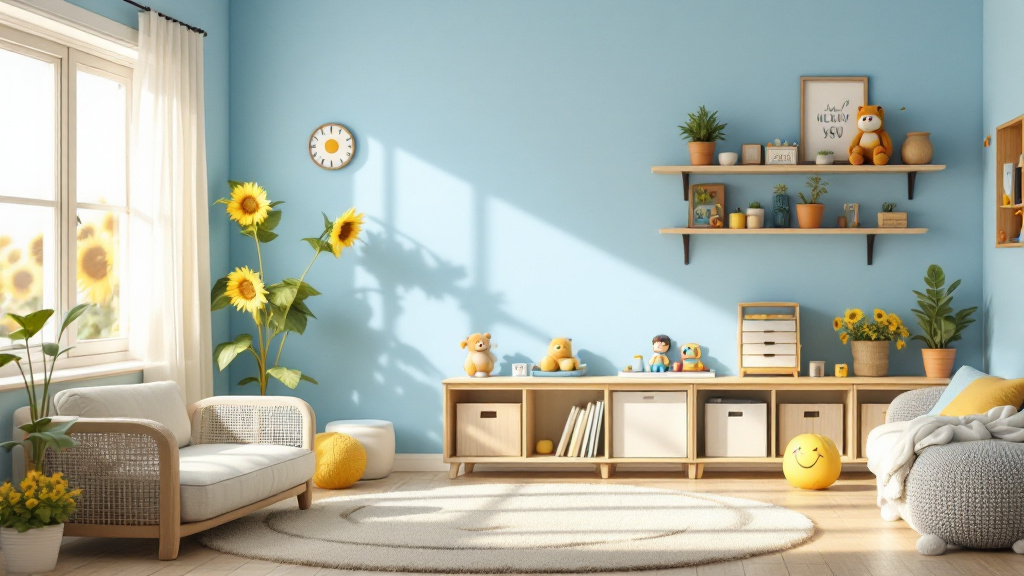

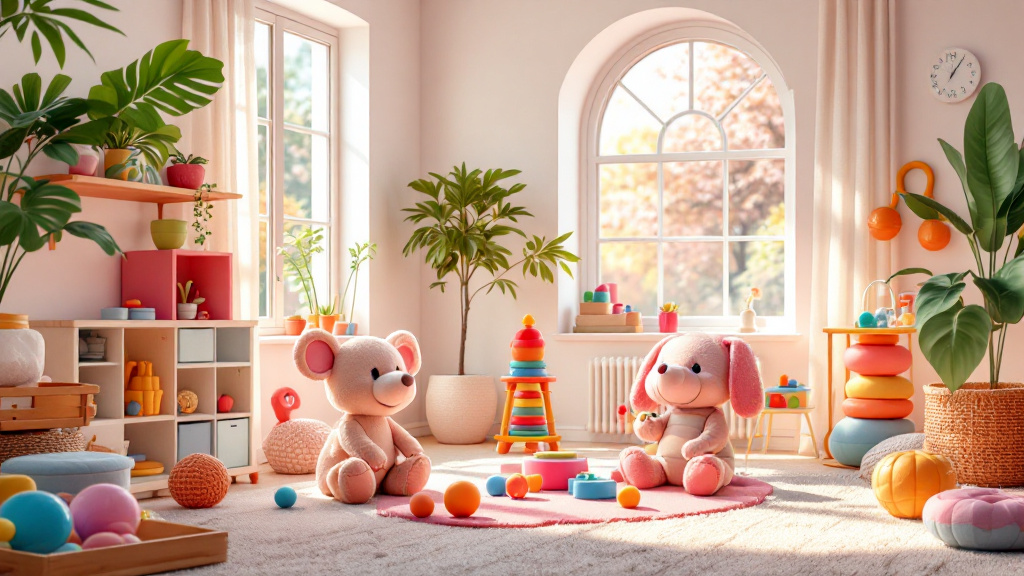


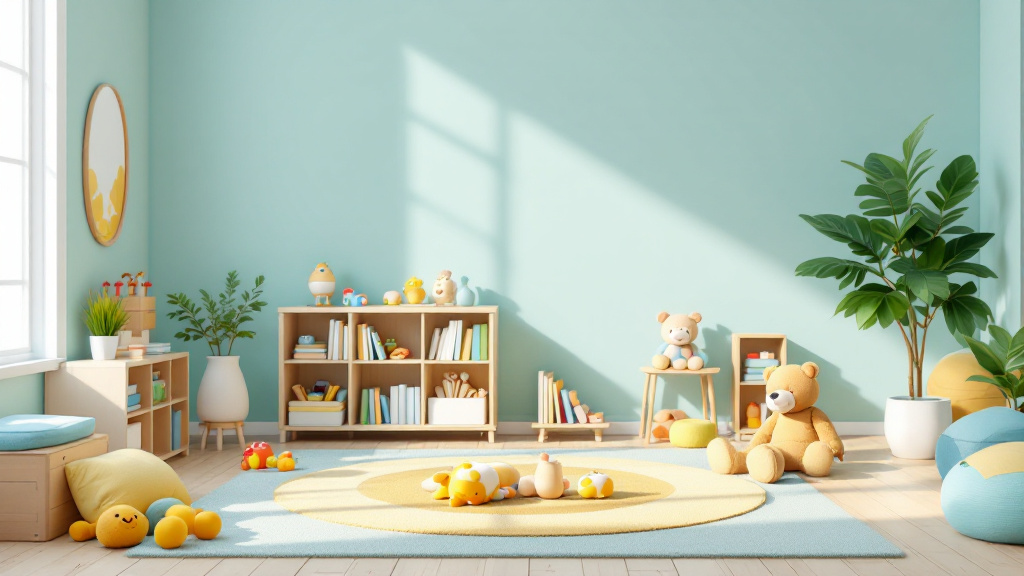

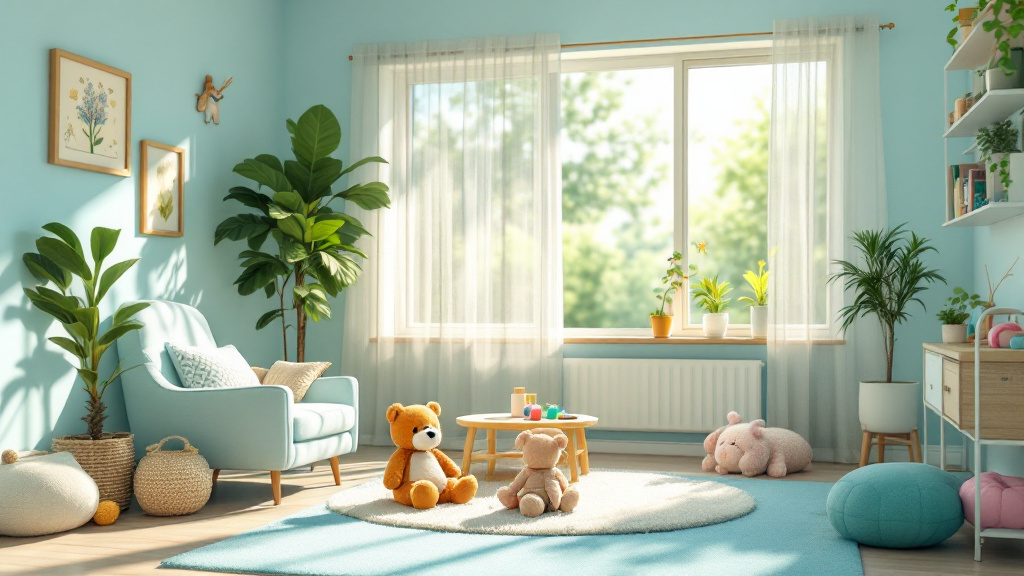













.jpeg)









